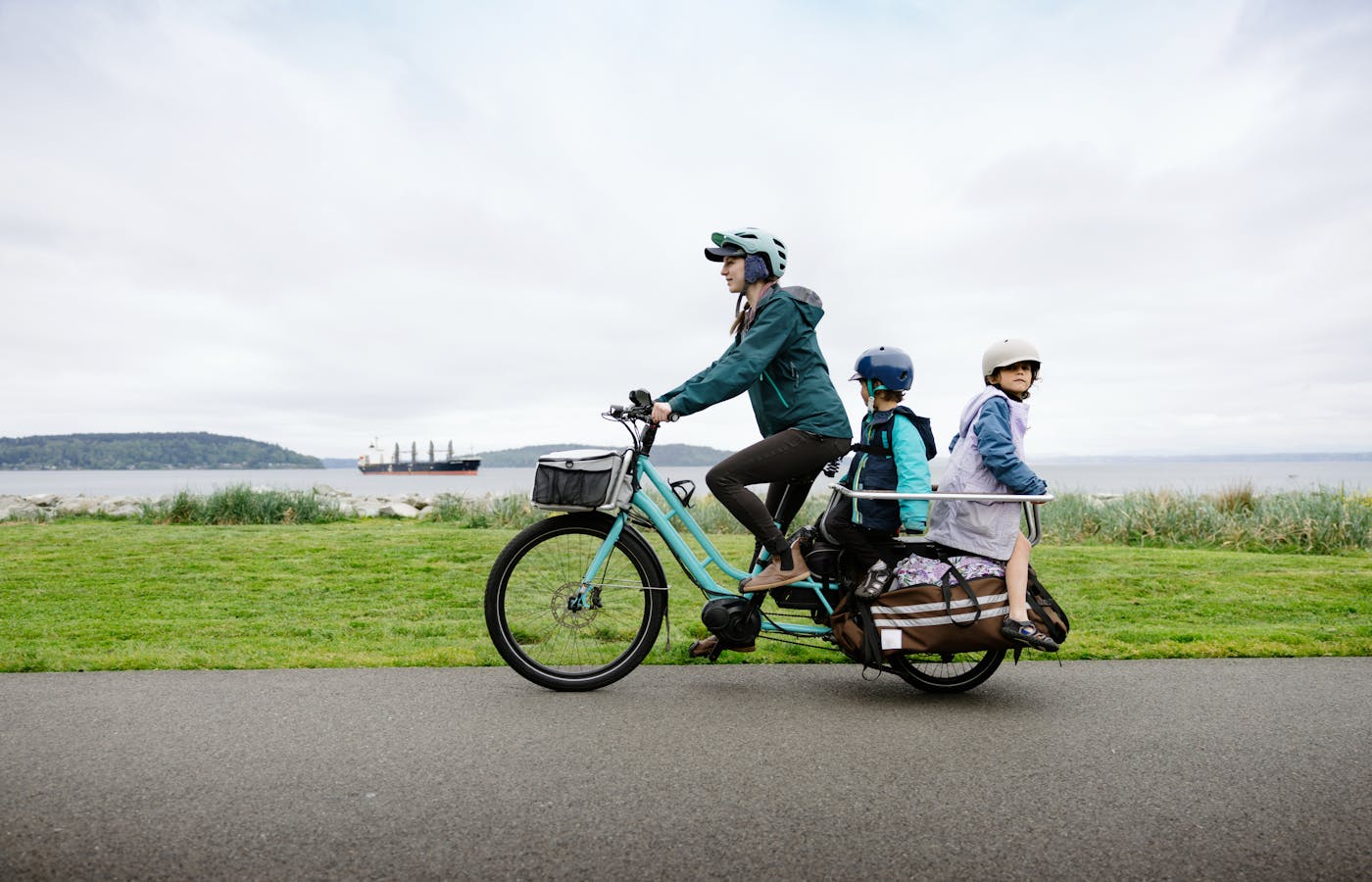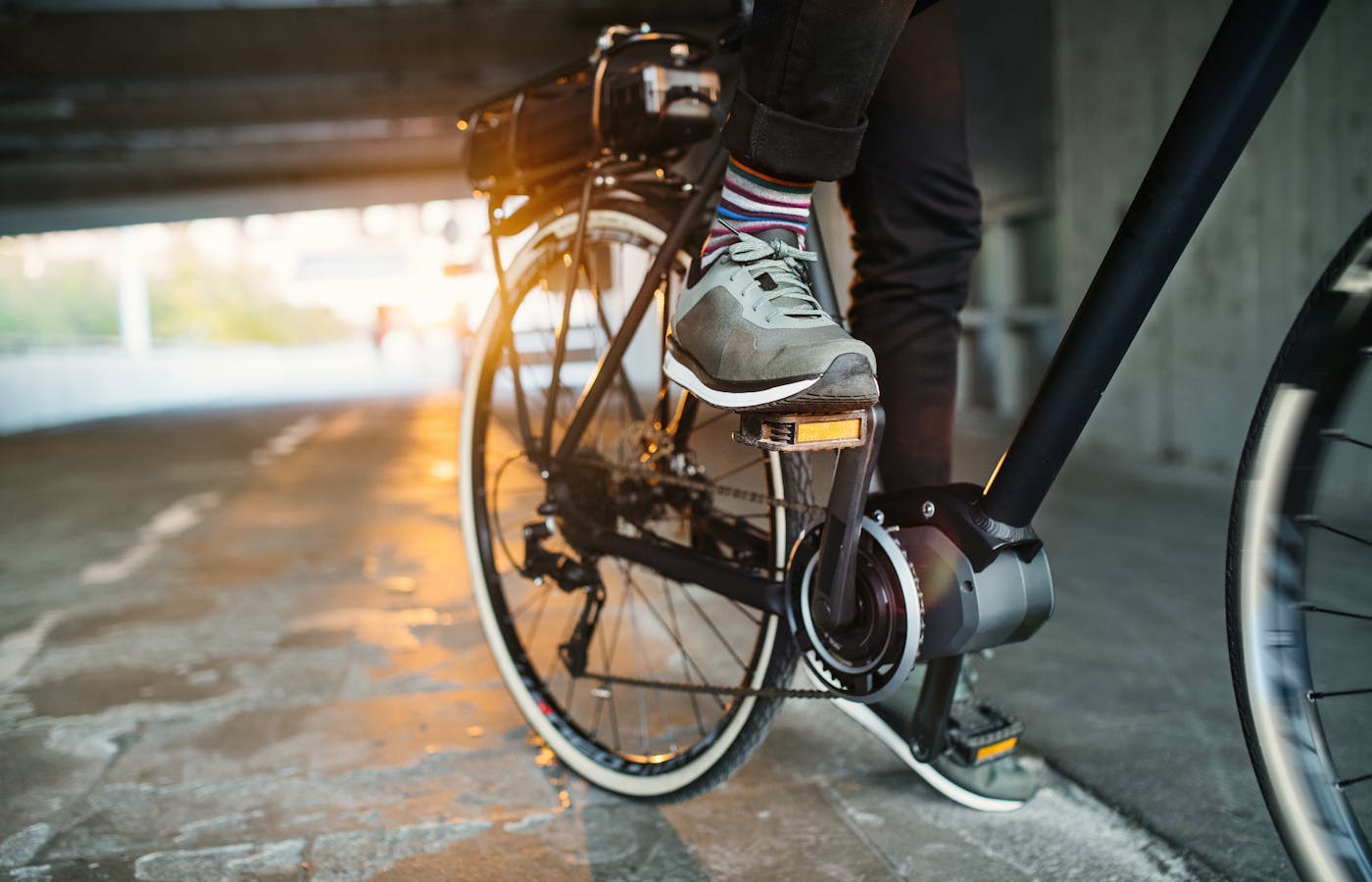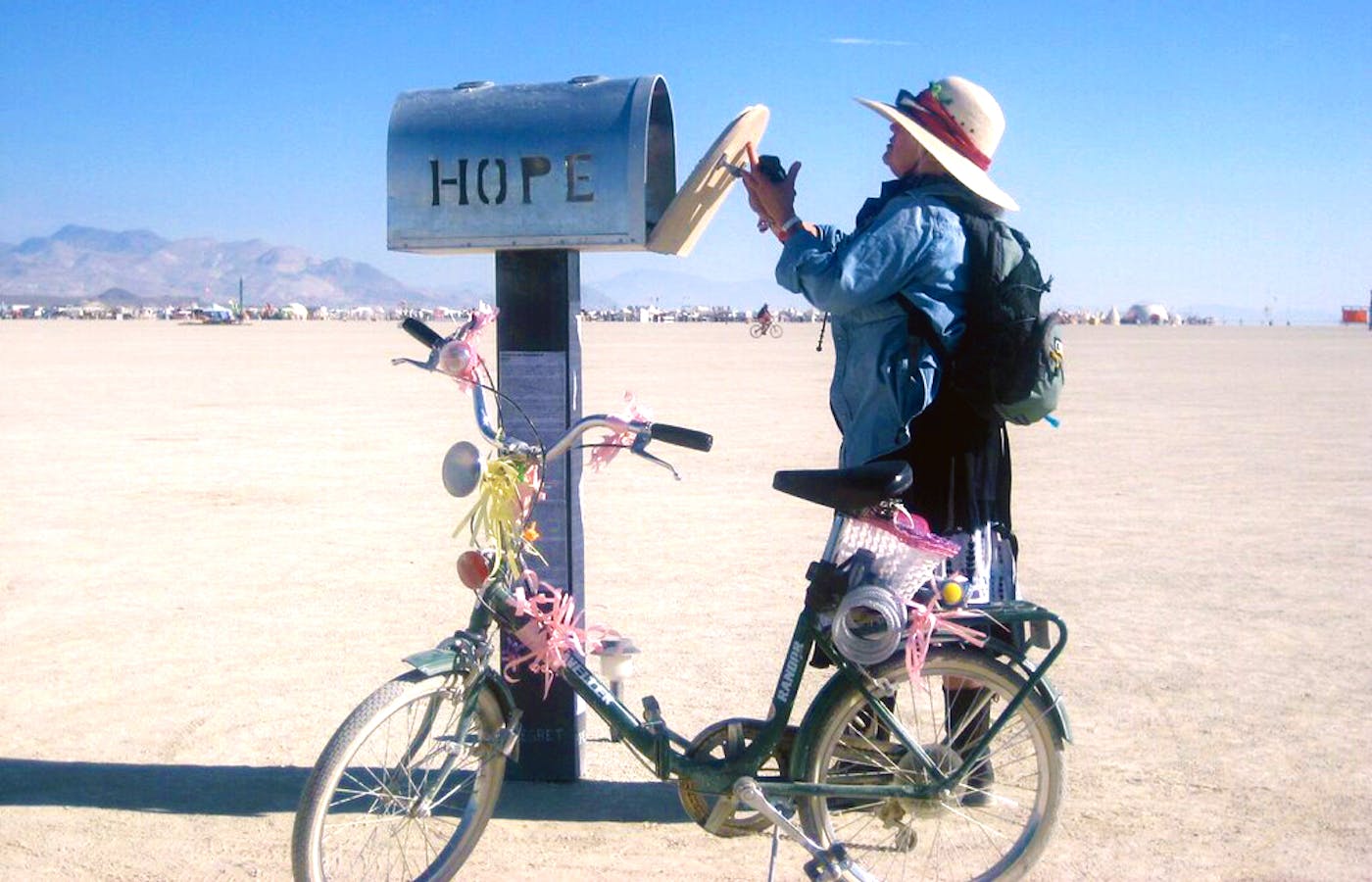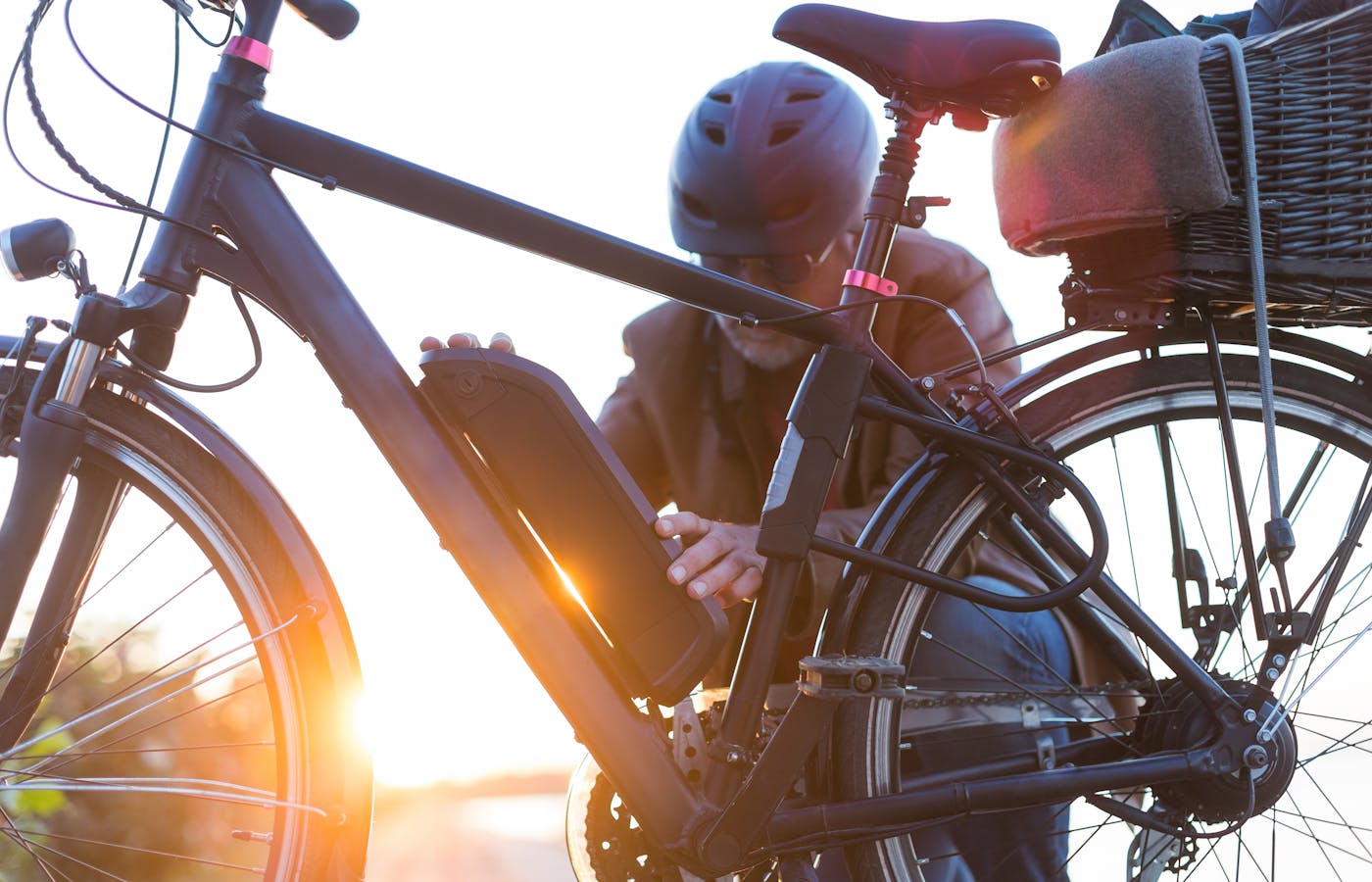Our 3 pillars
PeopleForBikes works in three key areas to make the U.S. the best place to ride a bicycle in the world: Infrastructure, Policy, and Participation.
Infrastructure
Latest Infrastructure stories
- What It’s Like To Ride in a Top-Rated Bike City | November 27, 2023
- Better Bike Infrastructure Saves Lives | October 24, 2023
- A Legislative Playbook to Build More Bikeable Communities | October 13, 2023 Read All Stories
Policy
Latest Policy stories
- Voters Approved $1.9 Billion to Support Better Places to Bike | November 20, 2023
- Congressman Blumenauer Is Bicycling’s Biggest Advocate | October 5, 2023
- Create Your Own Electric Mountain Bike Pilot Project | October 16, 2023 Read All Stories
Participation
Latest Participation stories
- This Bike Program Is Empowering Indigenous and Latino Youth | November 7, 2023
- Research Highlights the Positive Impact of In-School Cycling | November 1, 2023
- 5 Ways to Boost Community Engagement in Bike Advocacy | September 20, 2023 Read All Stories





